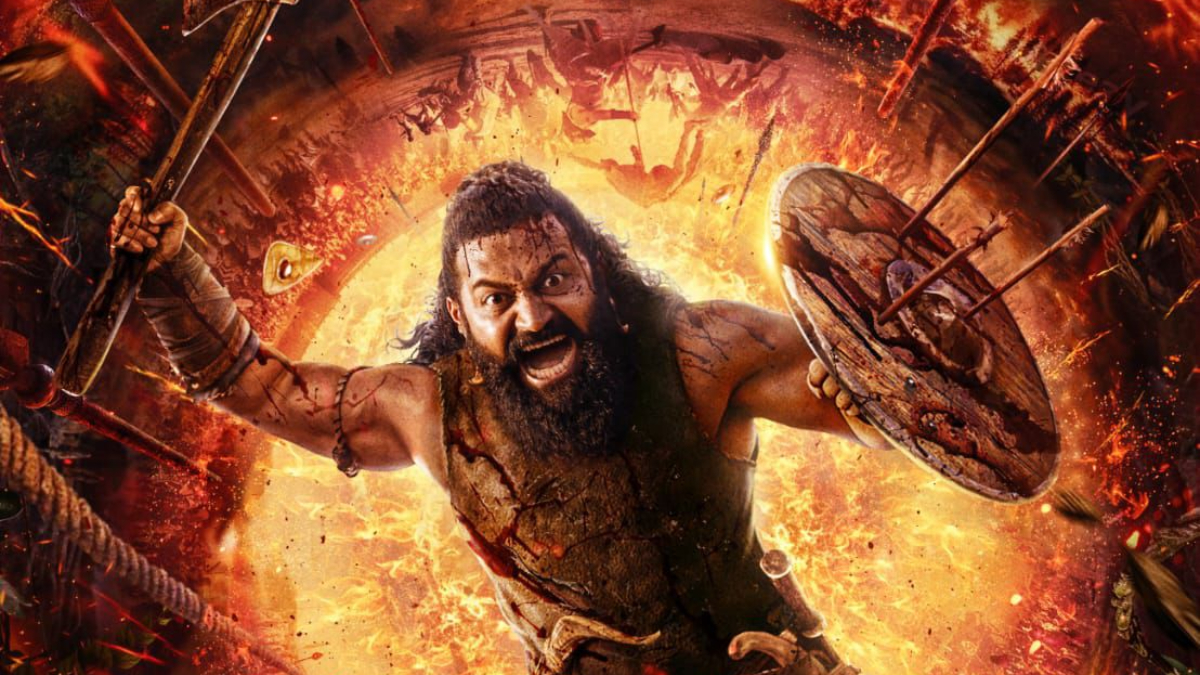Hombale Films’ much-awaited Kantara: Chapter 1 is one of the most anticipated releases of the year. While the excitement around the film is constantly reaching fever pitch, The action–stunt choreographer Arjun Raj shares insights on infusing scale, risk, and raw power into Kantara Chapter 1, revealing how the film features some of Indian cinema’s grandest and most expensive action sequences. He breaks down its myth-laced combat and praises Rishab Shetty for transforming every battle into a breathtaking spectacle.
With _Kantara Chapter 1_ , Arjun Raj has stepped into one of the grandest arenas yet. Sharing about the moment when he received the offer for the film, he said, “I wasn’t part of the project in the beginning. This was a massive canvas, and honestly, I thought I might not enter that league. I was in Varanasi when I prayed to be part of something huge. A few days later, I got the call. Initially, they wanted me for just one sequence. Later, they handed me four. Call it destiny, call it divine blessing — it happened.” Arjun choreographed four major sequences, while the duo of Ram-Lakshman handled one, and Hollywood stunt director Todor Lazarov contributed to the war scenes.
Shading light on the film, demanding originality rooted in history and myth. He said, “This story is set a thousand years ago. You can’t just copy-paste from existing action films. Every move had to feel organic to that time. For instance, we had a massive carriage sequence. It wasn’t just a prop; it was part of a high-speed chase involving Rishab and more than a thousand junior artists. That became the riskiest stunt I’ve ever designed,"
Speaking about the huge pre-climax, and the climax, he said, “If the carriage fight was the riskiest, the war sequence was the most emotionally charged,” “The pre-climax battle is my personal favourite. It wasn’t just about swords clashing — it had emotion, loss, and triumph in every movement. The heartbeat of it all was Rishab’s performance. Every fight was elevated because of his energy.” Arjun says.
“We didn’t use body doubles for Rishab. He performed bare-bodied, with a body language so distinct no dupe could replicate it. He trained in Kalaripayattu, sword fighting, and horse riding. Still, the risks he took was out of pure willpower. I’ve worked with many actors, but Rishab doesn’t stop at ‘I’ll try my best.’ He says, ‘I’ll do it till I am alive.’ That spirit changes everything.” he added.
Further speaking about Hombale Films, he said, “The production house Hombale Films gave us a free hand. We worked with sketches, miniatures, and rehearsals before involving junior artists and the main actors. Each major sequence had at least six days of prep. Every fight consumed a lot of investment, touching a crore per day, and a lot of time. For example, we took 25 days to nail that carriage fight sequence, an additional six days for prep, and 15 days of rehearsals. Every bit of it was dedicated to just that one stretch.”
Adding further he said, “As far as I know, this is the first time it’s being used in Indian cinema. I had to learn it myself. It opened a whole new dimension in staging action. In Hollywood, rigging is common practice, but bringing it into such a rooted story was a fresh challenge. Safety, balance, and believability was a delicate mix.”
He also shade light on the scale of the film, saying, “It was a logistical nightmare, but also one of the most rewarding experiences of my life. In the end, we weren’t just designing fights, we were reviving fragments of history, culture, and our roots. That’s what makes Kantara different.”
_Kantara: Chapter 1_ is one of Hombale Films’ most ambitious undertakings. The creative team includes music director B. Ajaneesh Loknath, cinematographer Arvind Kashyap, and production designer Vinesh Banglan, all of whom have shaped the film’s powerful visual and emotional narrative.
Moreover, Hombale Films is leaving no stone unturned in carrying forward the legacy of this 2022 success. The makers have curated an extensive war sequence for _Kantara: Chapter 1_ with national and international specialists, involving over 500 skilled fighters and featuring 3,000 people. This sequence was filmed in an entire town spanning 25 acres on rugged terrain, over a period of 45–50 days, making it one of the biggest sequences in the history of Indian cinema.
Scheduled for a worldwide release on October 2, the film will launch in Kannada, Hindi, Telugu, Malayalam, Tamil, Bengali, and English, reaching audiences across languages and regions while remaining deeply rooted in its cultural core.
With Kantara: Chapter 1, Hombale Films continues to push the boundaries of Indian cinema, promising a deeply immersive experience that celebrates folklore, faith, and cinematic excellence.


)
)
)
)
)
)
)
)
)



